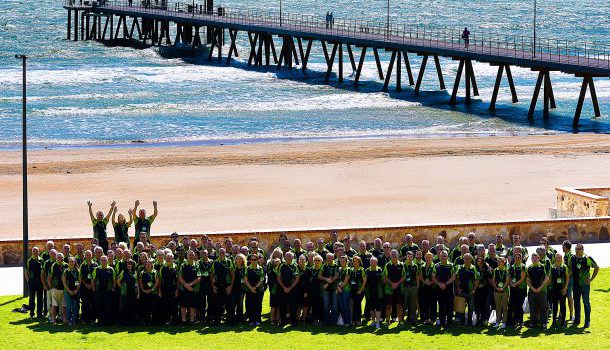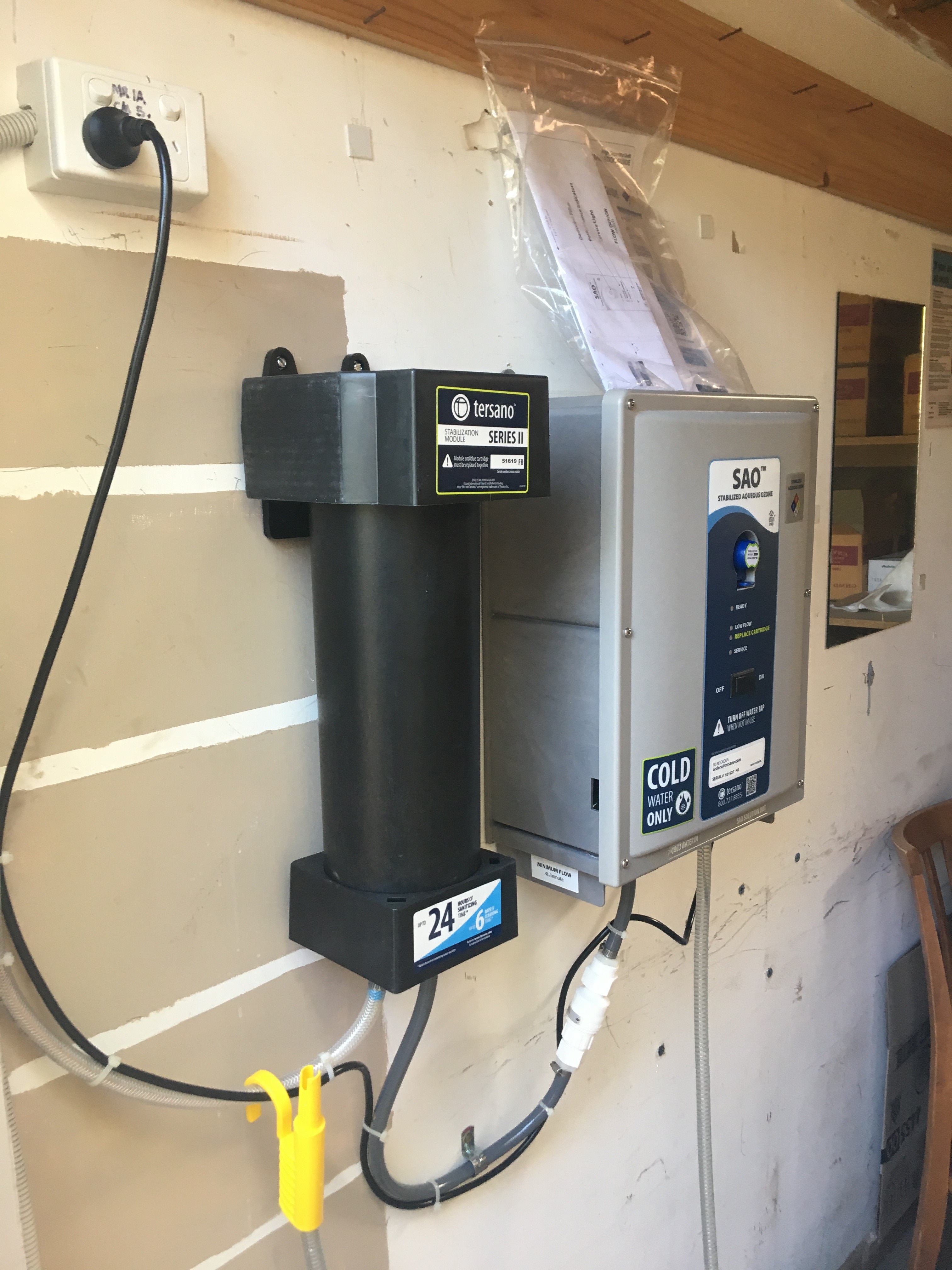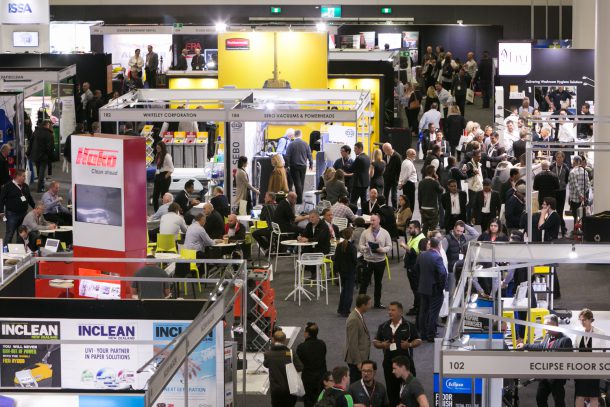
The last five years have seen a global explosion of Time and Attendance (T&A) solutions available on the market.
This has largely been driven by the growth of mobile phones and their ability to allow employees to clock in and out of sites, instead of static hardware devices at each location.
A search on Google returns so many different providers that it would take hours just to list them all down, not to mention the weeks it would take to review all of them.
So, it is understandable that there is a lot of confusion and frustration when contract cleaning companies look for an effective solution.
In this article I will share some of my personal experiences with T&A solutions and introduce some ideas that could help you with your search.
What are the benefits?
Systems are implemented for the benefits they deliver to your business. In my opinion there are two main benefits that T&A systems bring:
1 Improved customer service
If you have ever been called by one of your clients and they let you know the cleaner has not turned up, then this will make sense to you right away. In an extremely competitive industry, it is vital to ensure services are delivered as specified, and that means knowing cleaners are on-site for their entire shift.
A reliable T&A solution ensures you know when cleaners are not on-site and whether they stay there for their entire shift. This promotes better service delivery and as a result, happy customers.
2 Improved payroll processing
Payroll in Australia brings us the complexity of the Modern Cleaning Award, and award interpretation relies completely on the capturing of start and finish times. If you do not have a T&A system you are relying on your staff’s honesty to drive payroll, which is your biggest expense.
Not having actual working hours in an electronic format also means manual entry into your payroll/timesheet system. This wastes time before payroll is processed, and the errors created as a result waste more time after. T&A solutions allow you to manage real working hours in an electronic format, which opens up the entire process for improvement.
Common challenges of selecting and implementing a T&A system
Relying on cleaners’ mobile phones
One of the biggest challenges you will face when implementing a T&A solution is expecting it to work 100 per cent of the time when you are relying on your cleaners to use their own mobile devices.
The psychological barrier that many of your staff might have when they are expected to use their own phones and data is huge. Many cleaning companies attack the rollout from the viewpoint that it will simply be accepted by employees, only to find the opposite very true.
Even if you do convince your employees to use their own devices and data, the technical challenges you might face across hundreds of unknown phones is still a barrier. Incompatibility with older operating systems, malfunctioning GPS units, no availability of data and batteries that are just not charged are some common culprits.
I remember dealing with one of our clients who had an employee using an iPhone 4 that had been dropped so many times the screen was only half visible! It simply is not possible to rely on accurate (or any data) from devices like these.
A partial solution is to provide site-based devices that the business maintains, and therefore you can ensure it is functional. This, however, only works when multiple cleaners work at a single site as it’s simply not financially feasible to provide every cleaner with a device.
Not defining the T&A system as a part of an integrated whole
In my last article I wrote about the need to have the final integrated end in mind before you buy any system. This principle cannot be broken when selecting a T&A solution, as the last thing you need is multiple systems with duplications all over the place.
Look at your existing systems and ask yourself, “what exactly does the T&A need to do and how will it fit into the rest of the business?”
The basic T&A functions such as clocking in and out, alerts and geo-location are easy to define. Knowing how the system will improve your payroll process will require more thinking. Your payroll process broadly consist of the following steps:
- Setting budgets and rosters by sites
- Publishing timesheets per fortnight
- Capturing hours, manage exceptions and populating timesheets
- Perform award interpretation on actual approved hours
- Approval and finalise pay
- Statutory pay process including tax, super, payslip and stp
Where will your T&A solution fit into the above process? What functions does it need to perform to improve the payroll process? What duplication might it add to the business? These and many other questions need to be asked to clearly define the place of the system in the process.
As the provider of a centralised system that manages all aspects of your cleaning contract in a single place, we always advocate that T&A should only be used to capture hours. This ensures you keep control of your payroll process but improves it by capturing hours in real-time.
If you do not use a centralised system, it may be wise to expect the T&A solution to perform other functions like award interpretation, budgets and payroll if these are not already catered for.
Look for one system that fits the entire business
Considering the challenge, you will face with cleaners and their mobile phones, it is perhaps wise to consider a mix of capturing technologies. T&A systems use a broad range of technologies such as landlines, fingerprint scanners, Bluetooth tokens and Wi-Fi units to aid the capturing of staff hours.
Look at your site portfolio and consider that a mix of systems might be the best way forward. Sites where security is critical might need a hardware device onsite such as a fingerprint scanner. Perhaps a landline-based system for those sites that are outside of cell phone range?
If your T&A system only has to provide start and finish times to your centralised business solution, this is possible to achieve as you can set site-based integration.
Budget for the cost when you tender
Another common mistake that is made starts at the tender stage. If your prospect demands T&A information, consider what the best solution would be for their sites. Critical sites may require a larger investment in on-site devices, and if so, ensure you include it in your budget and tender.
Yes, it will increase the costs to your client but if they take it seriously, then you are already a step ahead of those contractors who did not specify a suitable solution. The biggest mistake you can make is to find an extra $ 2000 capital expense at each site that you did not budget.
Mark Fermor is director of Facility ERP
This article first appeared in the July/August issue of INCLEAN magazine
Comment below to have your say on this story.
If you have a news story or tip-off, get in touch at info@3.106.117.80.
Sign up to INCLEAN’s newsletter.





